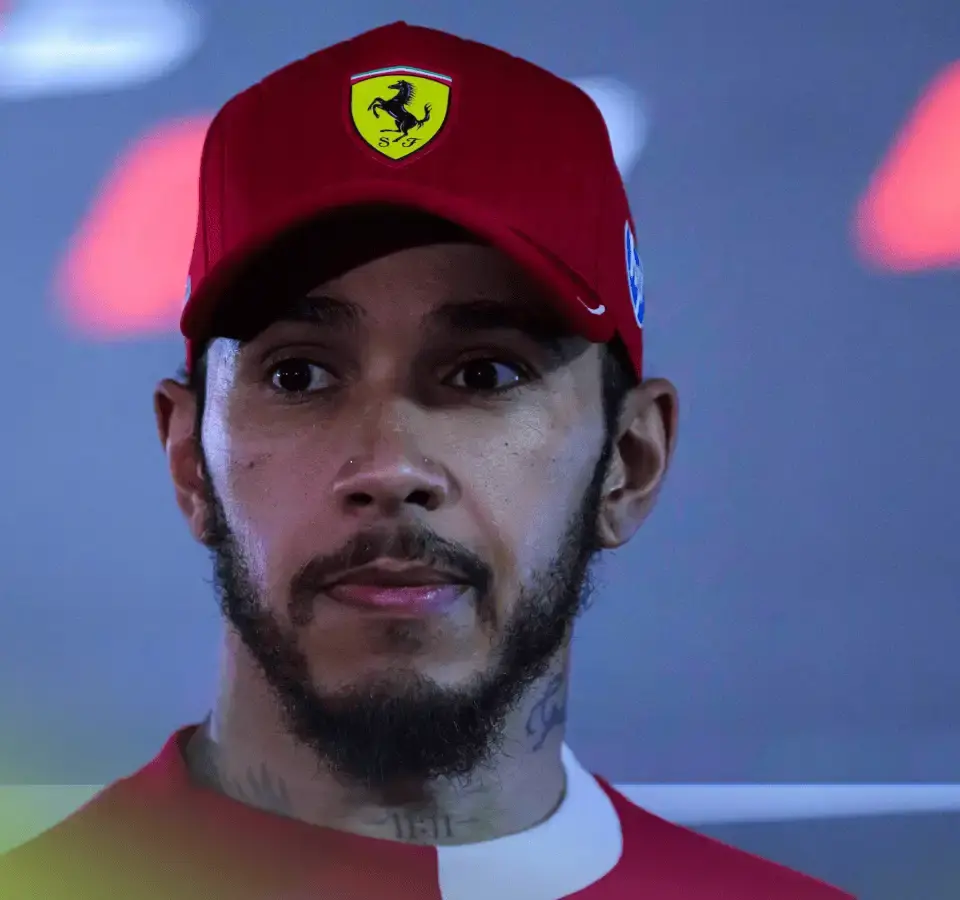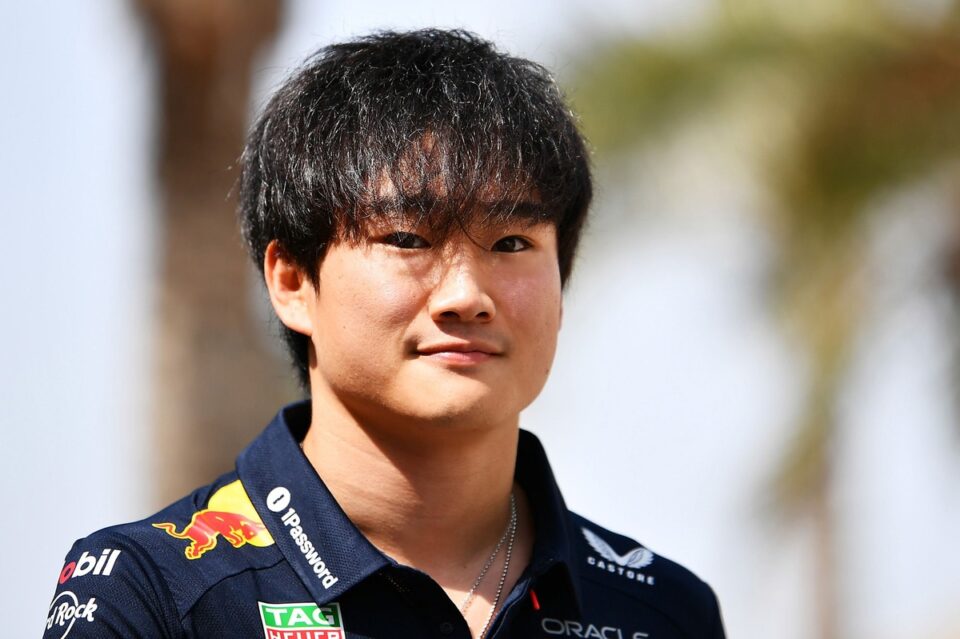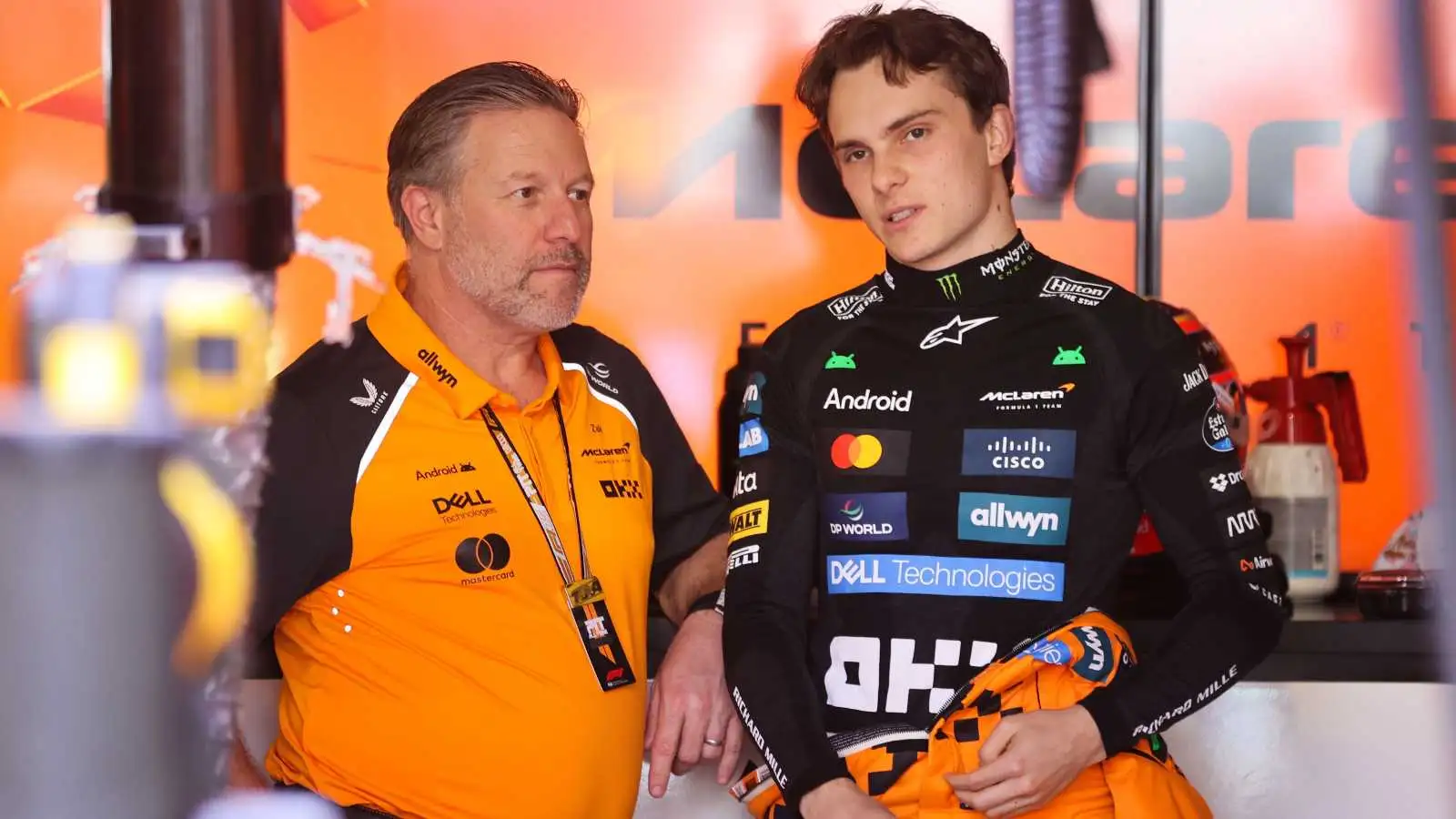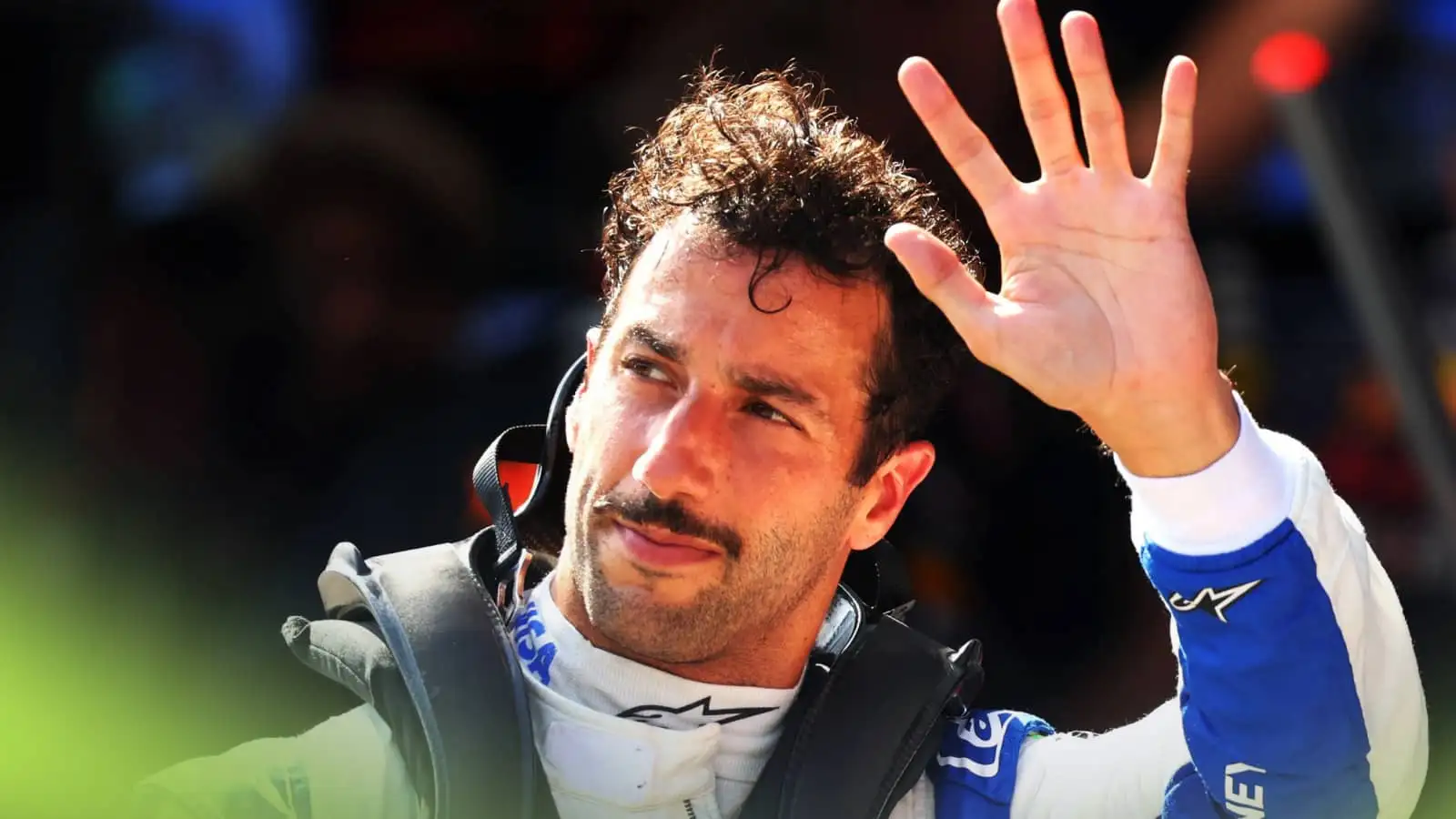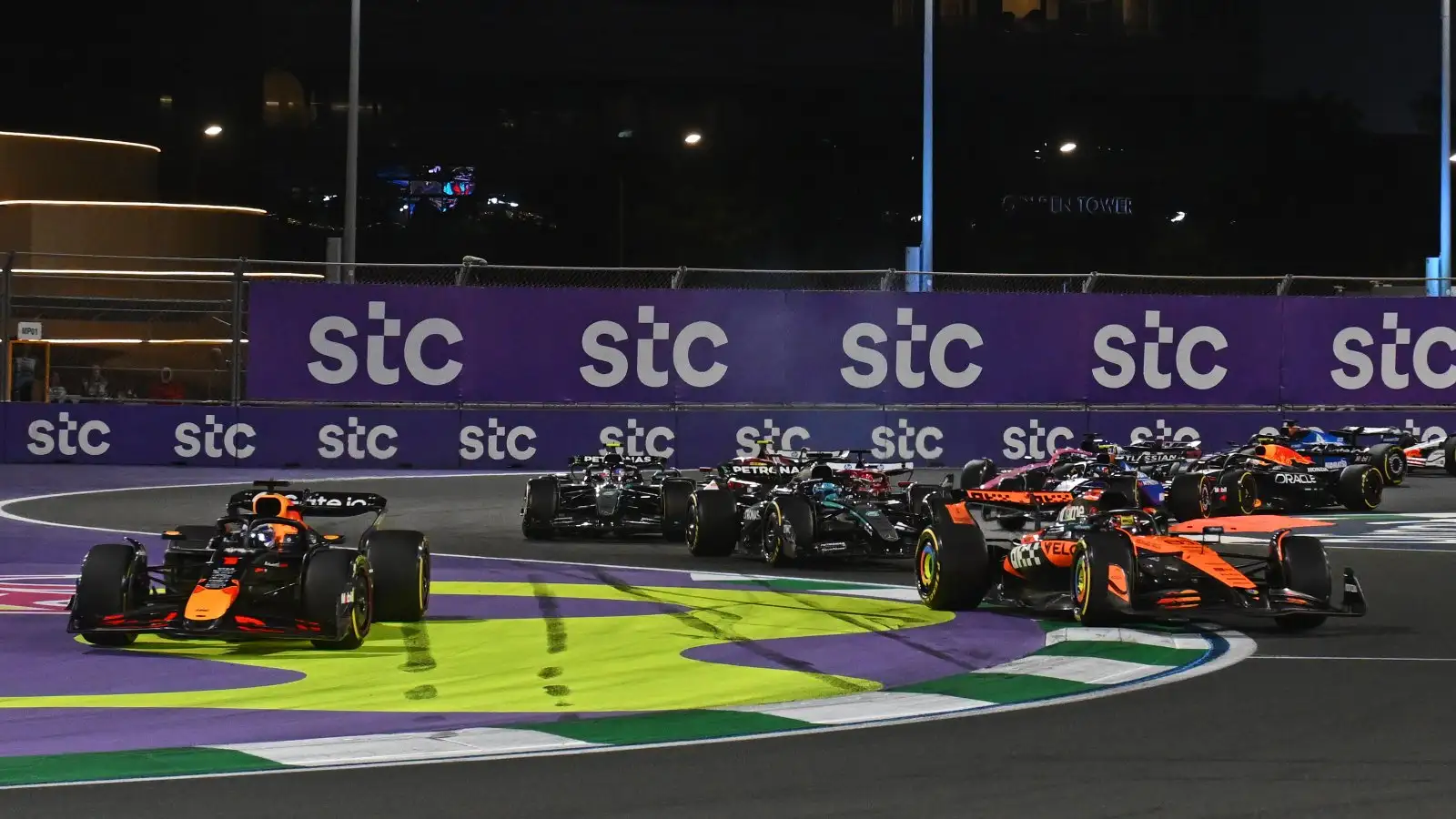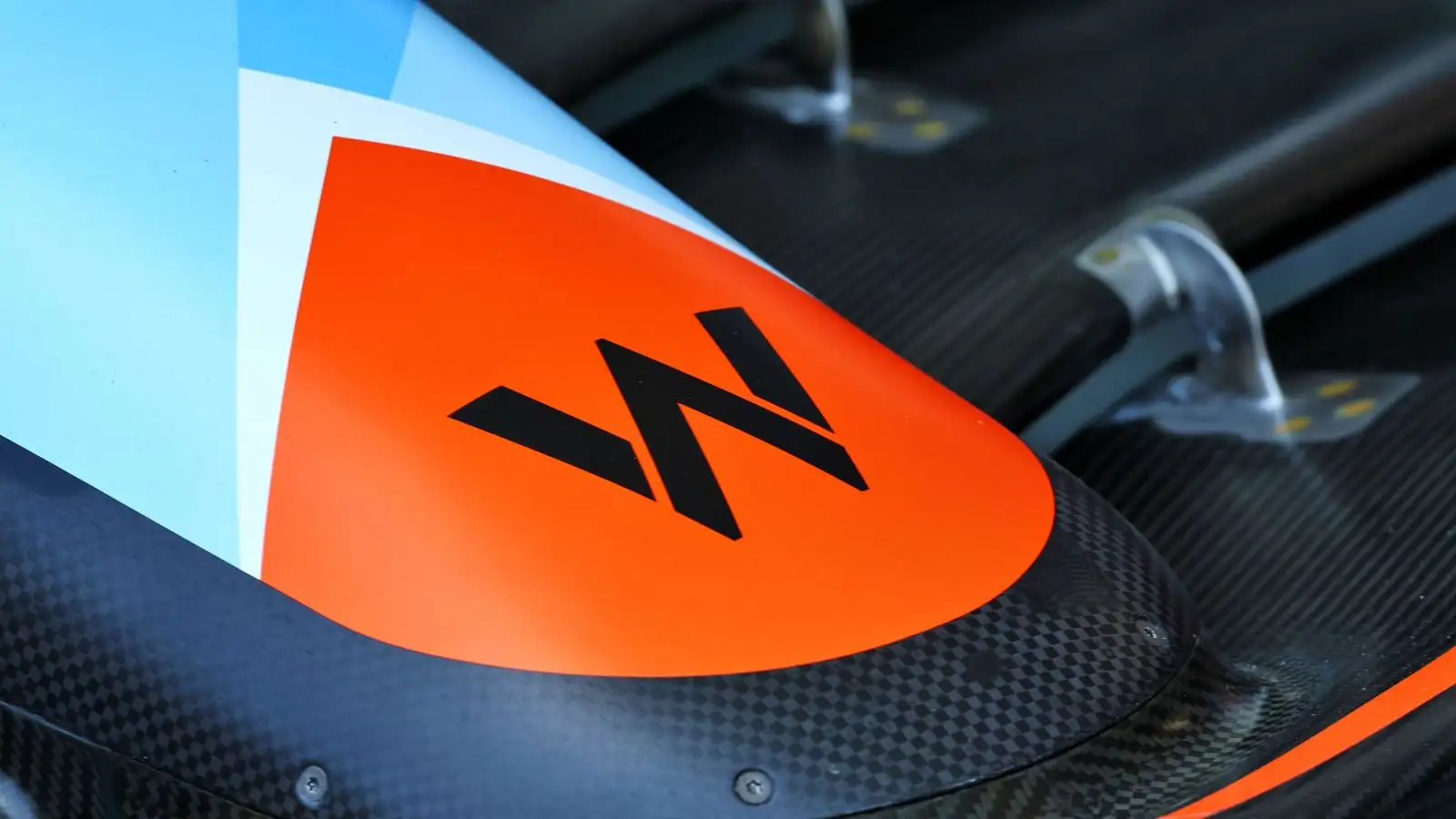Lewis Hamilton’s foray into Ferrari has not been smooth sailing, echoing Sebastian Vettel’s past challenges.
- Hamilton struggles to outpace teammate Charles Leclerc, with a tough start to the F1 2025 season.
- Former Ferrari engineer Luigi Mazzola points out the root of Hamilton and Ferrari’s difficulties.
- Hamilton’s recent performance hints at potential adaptation and improvement.
- Team principal Fred Vasseur shares a hopeful perspective on Hamilton’s future with Ferrari.
Lewis Hamilton’s journey with the Ferrari team has been rocky, making headlines as he grapples with challenges reminiscent of those faced by Sebastian Vettel in 2019. At the heart of these struggles lies the complex SF-25 car that both Ferrari drivers must navigate. Former Ferrari engineer Luigi Mazzola suggests this car, difficult to handle, remains the crux of the issue, causing setbacks for Hamilton as he competes alongside Charles Leclerc. Mazzola draws comparisons with Vettel’s time at Ferrari, indicating the car’s demanding nature could be more suited to Leclerc’s driving style, much like it was for Leclerc in 2019 when he outperformed Vettel.
Hamilton’s performance trajectory mirrors Vettel’s, with Hamilton yet to surpass Leclerc in any Grand Prix since joining from Mercedes. Despite a notable win at the China Sprint, where he started from pole position, Hamilton’s overall performance has seen him struggle to maintain pace, notably in Bahrain, where he qualified six-tenths behind Leclerc. This gap sparked self-reflection that reminded fans of his challenging last season with Mercedes.
In a candid analysis, Mazzola praises Leclerc’s ability to drive the difficult Ferrari vehicle. He likens Leclerc to Max Verstappen, who handles similarly challenging cars at Red Bull with finesse. Mazzola believes Hamilton’s current predicaments parallel Vettel’s journey in 2019, with the real issue lying in adapting to Ferrari’s car. Mazzola notes that with the right developments, the car could become more manageable, a task that will require adjustments in driving style.
Team principal Fred Vasseur has a more positive outlook, believing that Hamilton’s criticism of his performance after the Bahrain qualifiers could be constructive. Vasseur acknowledges the challenge of adapting to a new team and car. He emphasizes that Hamilton’s willingness to adapt—both personally and with the car—is appreciated and seen as a constructive path forward. This mindset indicates a learning curve, which Hamilton seems willing to embrace to get back on track.
Despite sitting in seventh in the Drivers’ Championship, Hamilton is gradually learning how to tame the Ferrari. His improvement was evident when he finished fifth in the latest race after starting ninth on the grid. Hamilton reflects on the constructive weekend in Saudi Arabia, remarking on his growing alignment with the car. His comments reflect a keen focus on adapting his driving style and setup closer to Leclerc’s successful formula.
With a considered approach to understanding and adjusting to Ferrari’s challenging SF-25, Hamilton is poised for improvement as he navigates this new chapter in his career.
